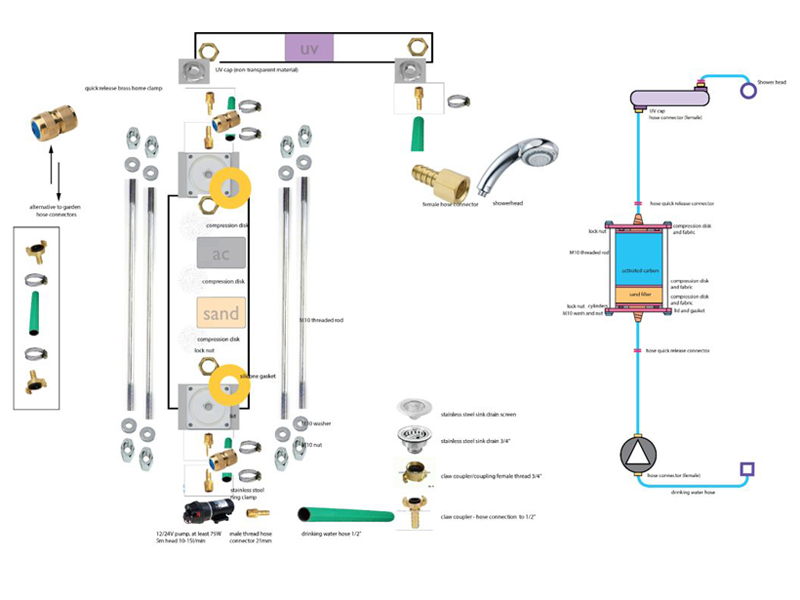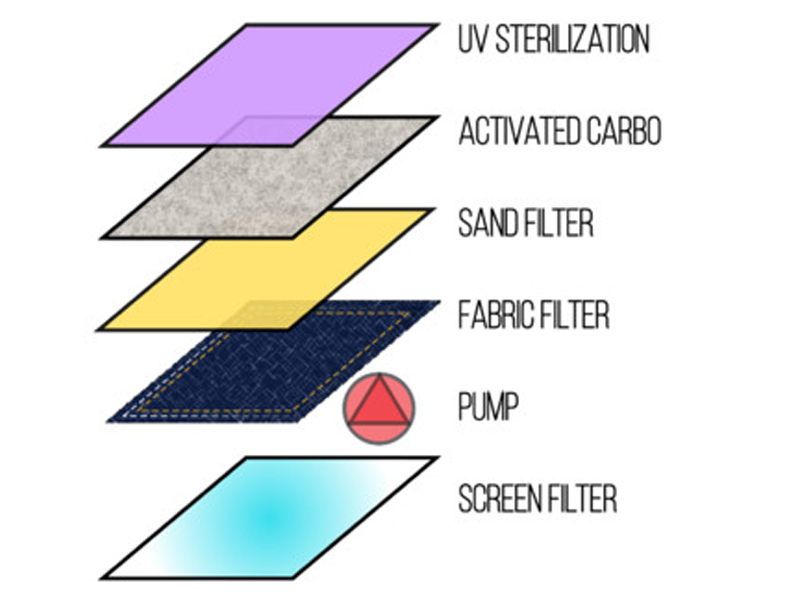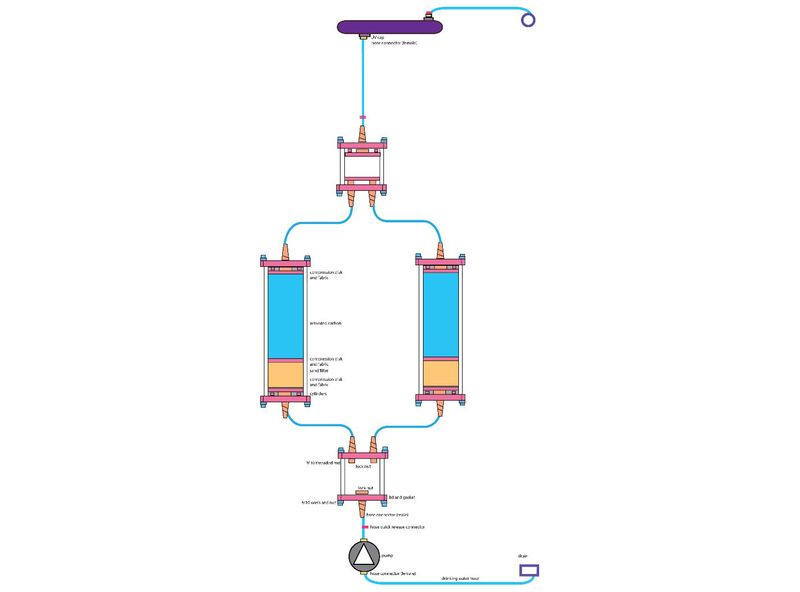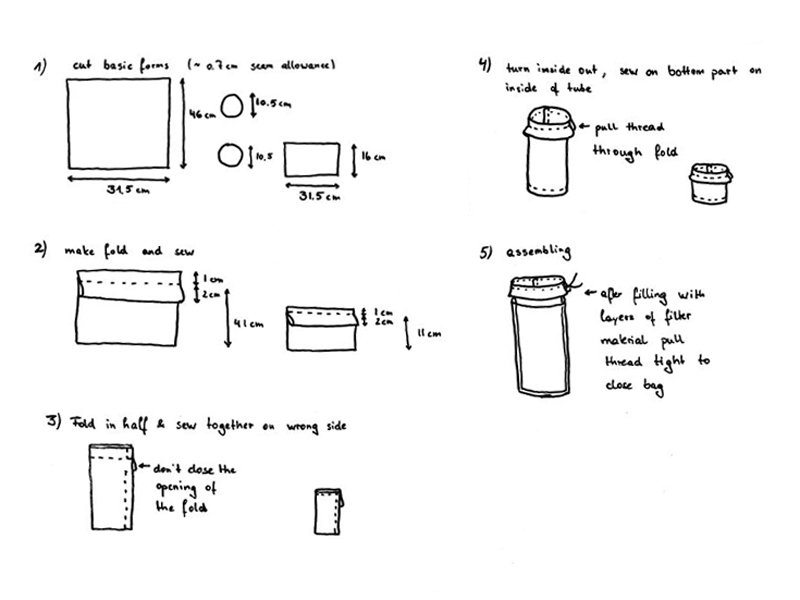(Page créée avec « Les grandes particules comme les cellules de la peau sont piégées par une couche de sable compressé. Les particules plus fines sont absorbées par une couche de charbon... ») |
(Page créée avec « Aperçu du montage ») |
||
| Ligne 30 : | Ligne 30 : | ||
}} | }} | ||
{{ {{tntn|Tuto Step}} | {{ {{tntn|Tuto Step}} | ||
| − | |Step_Title= | + | |Step_Title=Aperçu du montage |
|Step_Content=I hope this isn't too confusing but there are many ways to setup the filters depending on your needs. Here are two different ways of setting it up. The first one is the most simple build (simply called 'Simple'). | |Step_Content=I hope this isn't too confusing but there are many ways to setup the filters depending on your needs. Here are two different ways of setting it up. The first one is the most simple build (simply called 'Simple'). | ||
Version du 17 novembre 2018 à 21:25
Introduction
Matériaux
Outils
Étape 1 - La théorie
Les principaux composants du filtres sont donc la pompe, le boîtier du filtre avec le sable et le filtre à charbon actif et la lampe UV.
Les grandes particules comme les cellules de la peau sont piégées par une couche de sable compressé. Les particules plus fines sont absorbées par une couche de charbon actif compressé, y compris certains produits chimiques comme les nitrates (dans la sueur), les sulfates (dans le savon), le chlore et le fluor (dans l'eau du réseau). Pour finir, la lampe UV est utilisée afin de stériliser l'eau pour que les bactéries ne puissent plus se reproduire. Ça n'a peut-être pas l'air très important comme nos corps sont couverts de bactéries mais la principale crainte est que des bactéries de vos fesses arrivent en contact avec vos yeux.
Étape 2 - Aperçu du montage
I hope this isn't too confusing but there are many ways to setup the filters depending on your needs. Here are two different ways of setting it up. The first one is the most simple build (simply called 'Simple').
The only down side is that the filters quite wide with a 20mm tube with compression disks and lids also made to fit this.
For this tutorial, I'll be going through the 'Showerloop POC21' version, designed and built at the POC21 innovation camp (poc21.cc for more information) in France.
Étape 3 - Filter bag assembly
Also for this there are two options, either just cutting the circle together (and either bolting it to the compression disk or just compressing it between the filtrates sand or activated carbon) or making a filter bag out of a landscaping geotextile.
The benefit of using the filter bag is that changing the material is much easier, the down side is that you can't see what's going on with the filter. Personally I like to see the water flowing through the filter.
Thanks to Katharina for actually making the bags and these simple and amazing instructions.
Published




 Français
Français English
English Deutsch
Deutsch Español
Español Italiano
Italiano Português
Português